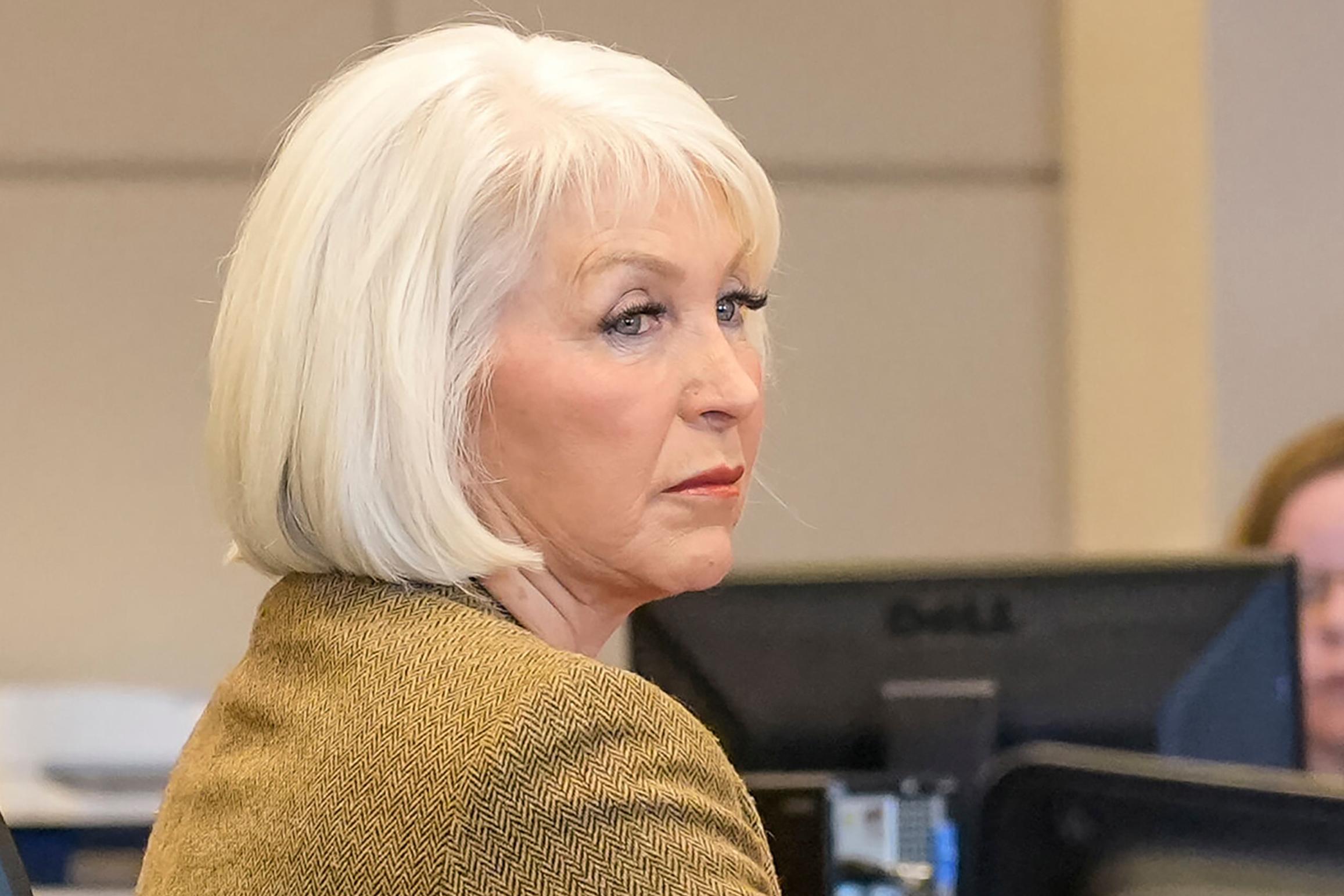More than half a dozen new fires started in Colorado this weekend amid record high temperatures, low humidity and gusty winds. The High Park fire near Fort Collins devoured an additional 57 homes, bringing the total to 248. It is now the second largest fire in state history. On Saturday a new blaze in Estes Park burned two dozen buildings. New fires also started outside Colorado Springs, forcing thousands to evacuate and threatening that city’s suburbs. Colorado Public Radio’s Megan Verlee starts there in this look back at a dangerous weekend of fire news.
The following is a transcript of Megan Verlee's report:
Reporter Megan Verlee: Fire-watching -- it’s what people all across Colorado Springs were doing Sunday afternoon. They gathered in parks and along roadsides to gawk at the giant plumes of smoke pouring up from canyons below Pikes Peak. The smoke seemed to rise almost stickily out of the trees before taking over half the sky.
Carl Freeman: "You want to look at the binoculars? Here take a look."
Reporter: Carl and Joyce Freeman were part of a crowd gathered at a high school football field on the west side of town. They scanned the smoke for something more ominous: flames.
Freeman: Just look right between those, right between those goalposts, you can see up there on the ridge where there’s...”
Joyce Freeman: “You can see little red, kind of, spots up there.”
Reporter: Those flames chased around 11,000 people from their homes over the weekend. For most of Sunday, the evacuation order covered several subdivisions and the entire mountain town of Manitou Springs. Joanne Hughes moved her family out of Colorado Springs to live at a campground for the summer to save on rent. She says she got up once an hour Saturday night to turn on the news and check out the sky.
Joanne Hughes: "It was like you had this red glow. It was beautiful but, yeah, it was very creepy, 'cause you knew it was bad and it was like this real crimson, pink glow. It was cool, but weird."
Reporter: With ominous pink glows and towers of smoke, fire dominated the Colorado landscape this weekend. On Saturday, winds around Estes Park took a fire that started in one cabin and drove it through 21 more homes before firefighters got it contained. On Sunday, a quick moving brush fire ripped across the plains east of Colorado Springs, forcing the entire town of Elbert to evacuate for several hours. Other fires are still burning near Leadville and Durango.
Steve Segin: "The Rocky Mountain Area, in particular Colorado, is the highest priority for wildland fire in the nation."
Reporter: Steve Segin is with the Rocky Mountain Area Coordination Center, which oversees firefighting resources in five states. In a case of making lemonade out of some very bitter lemons, Segin points out it’s been easier to fight this weekend’s new fires since there were already so many crews and aircraft in the area working on existing ones. And he says more help is coming.
Segin: "We had another 100 fire fighters fly into Grand Junction last night, and they were able to be re-routed to fires on the Western Slope as well as southwestern Colorado. Again, just increasing the capability of incident management teams to fight these large fires."
Reporter: They may be needed. Segin says the first taste of Colorado’s annual monsoon season should arrive this week. Those thunderstorms could bring some much-needed rain, but they’re also likely to come with more fickle winds and lightning strikes. Bad news for fires. And in the meantime, Colorado will continue to swelter, with triple digits expected along the Front Range through midweek.
Red Cross Volunteer: "You guys want water?"
Reporter: A volunteer at the Red Cross shelter in Colorado Springs handed out sweating bottles of water to a steady stream of evacuees on Sunday as they came for news about the fire. One of them was Doug Cokely, who recently moved to Colorado from Texas.
Doug Cokely: "I’m used to tornados and things like that. So a fire, just seeing this is crazy and makes me have a lot more understanding and respect to people who have gone through Hurricane Katrina and all those different things people have gone through. Yeah, it’s pretty intense."
Reporter: Governor John Hickenlooper also stopped by the Red Cross shelter. After meeting with evacuees in a dim, cot-filled gymnasium, he said the state will pull through this increasingly difficult fire season.
Gov. John Hickenlooper: "Well, Coloradans are remarkably resilient and we are, I’m not going to say we’re not stretched. We’ve been here before. In 2002, when the Hayman fire was going on full-tilt, we had eight fires at once. We have eight fires at once right now."
Reporter: More than eight by the end of the day. Governor Hickenlooper did draw one key distinction from the Hayman fire. In 2002 then-governor Bill Owens infamously told the press that “all of Colorado is burning” after touring the Hayman site. Yesterday, Governor Hickenlooper was quick to point out that despite all the devastation this year, less than 1% of Colorado has actually burned.
Photo: CPR/MVerlee








